
Detail view of Rubelli‘s new collection for Kieffer, creative directed by Formafantasma. Photography by Robert Rieger
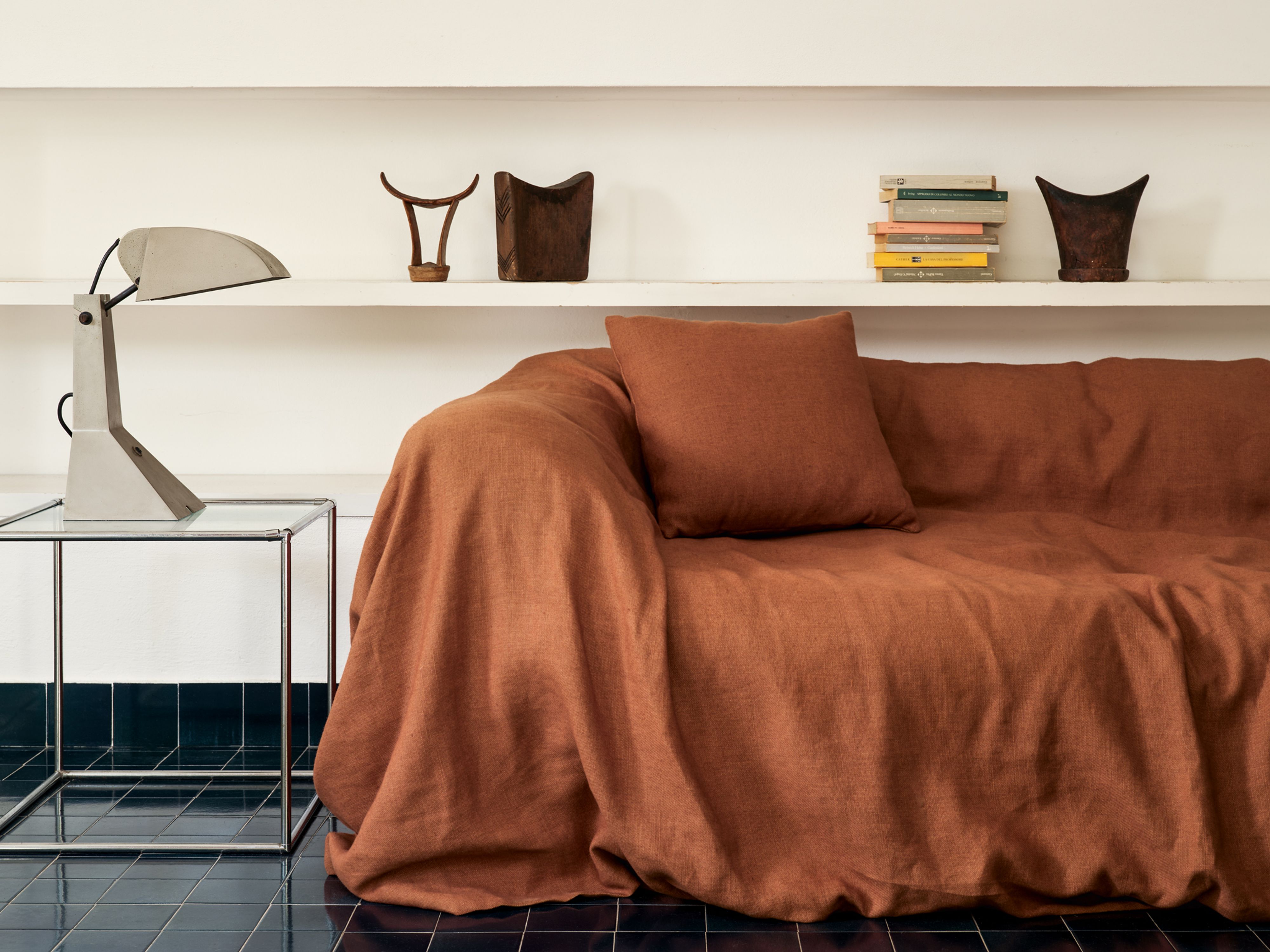
Detail view of Rubelli‘s new collection for Kieffer, creative directed by Formafantasma. Photography by Robert Rieger
Founded by Lorenzo Rubelli in 1889, Venetian textile company Rubelli is steeped in the ornate style of that period. However, the brand’s roots extend even further back in time — as the company’s CEO Nicolò Rubelli says, the company his great-great grandfather acquired had already existed since at least 100 years prior. A consummate heritage brand, then, Rubelli’s high-quality silks, sumptuous patterns, and rich colors have dazzled generations. Despite their important history, or maybe because of it, the company hasn’t shied away from working with forward-thinking architects or avant-garde designers — they’ve collaborated with the likes of Gio Ponti, Peter Marino, and most recently, Milan-based research-based design duo Formafantasma, aka Andrea Trimarchi and Simone Farresin, who are the legacy brand’s new creative directors. Formafantasma’s political, ecological approach to the design world is already palpable in their first collection for Rubelli, UNTITLED. The relaunch of Kieffer, the company’s most experimental sister brand, UNTITLED focuses on natural materials — undyed fabrics, natural pigments, and fibers such as wool, cotton, linen, hemp, and jute — and weaving techniques in a “celebration of simplicity and care for the wonderful imperfections of the loom.” As Formafantasma embarks on a journey to redesign Rubelli using its deep, rich history as a guide, PIN–UP’s founder and editorial director Felix Burrichter sat down with Nicolò Rubelli, Trimarchi, and Farresin to chart the brand’s tactile future.
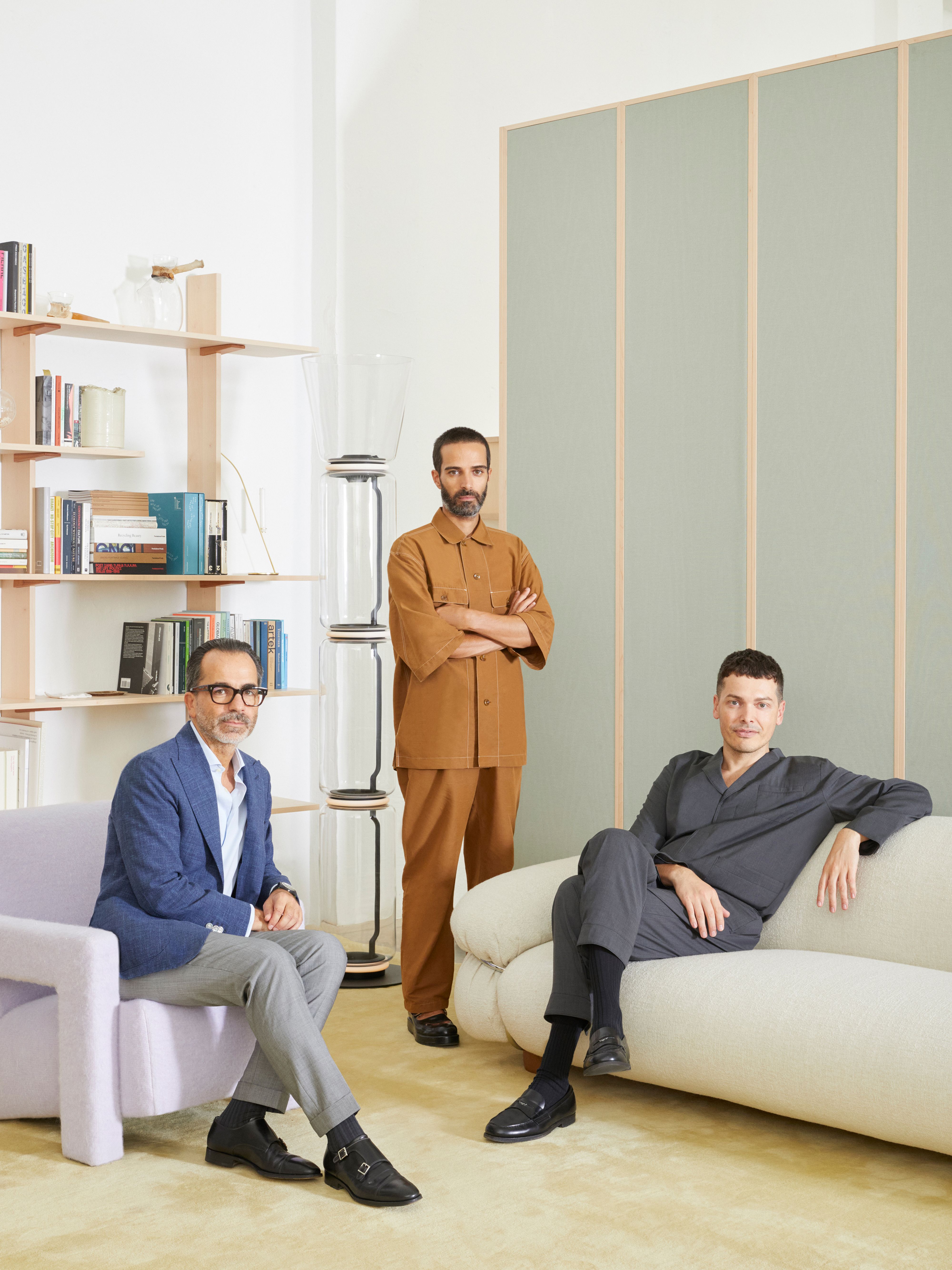
Nicolò Favoretto of Rubelli with Andrea Tremarchi and Simone Farresin of Formafantsma. Photography by Claudia Zalla
Felix Burrichter: How did the relationship between Rubelli and Formafantasma begin?
Nicolò Rubelli: Rubelli is a renowned company in Venice, and I represent the fifth generation in the family. There is a saying made popular by Gustav Mahler: tradition is not the worship of the ashes but the preservation of fire. We were looking for youthful energy to shake the company, to start new flames. We spoke to several people but quickly realized that Formafantasma was the right fit because of their unique contemporary outlook.
Simone Farresin: It was a very interesting request for us because we were already aware of Rubelli and of the company’s rich heritage. We felt that Rubelli also had the culture of textile making at its heart because of its extensive archive. It is also an interesting challenge for us because we were asked not to design for the company but to act as creative directors. It is about understanding what is relevant for Rubelli and infusing that reality with new ideas, new approaches, and new people.
What were some of the discoveries working together?
SF: When you start working with a company, it is about getting to know each other, so for the first month, we came to Venice and silently observed how everything worked. For Rubelli, we defined the three Cs: confidence, clarity, and consistency. Initially, we felt there was a need to work on confidence. For instance, we want to be confident about the company’s heritage — we feel it’s important to look at it not as a heavy responsibility but as a joy. There is no other company quite like it; it is very special.

Detail view of Rubelli‘s new collection for Kieffer, creative directed by Formafantasma. Photography by Robert Rieger
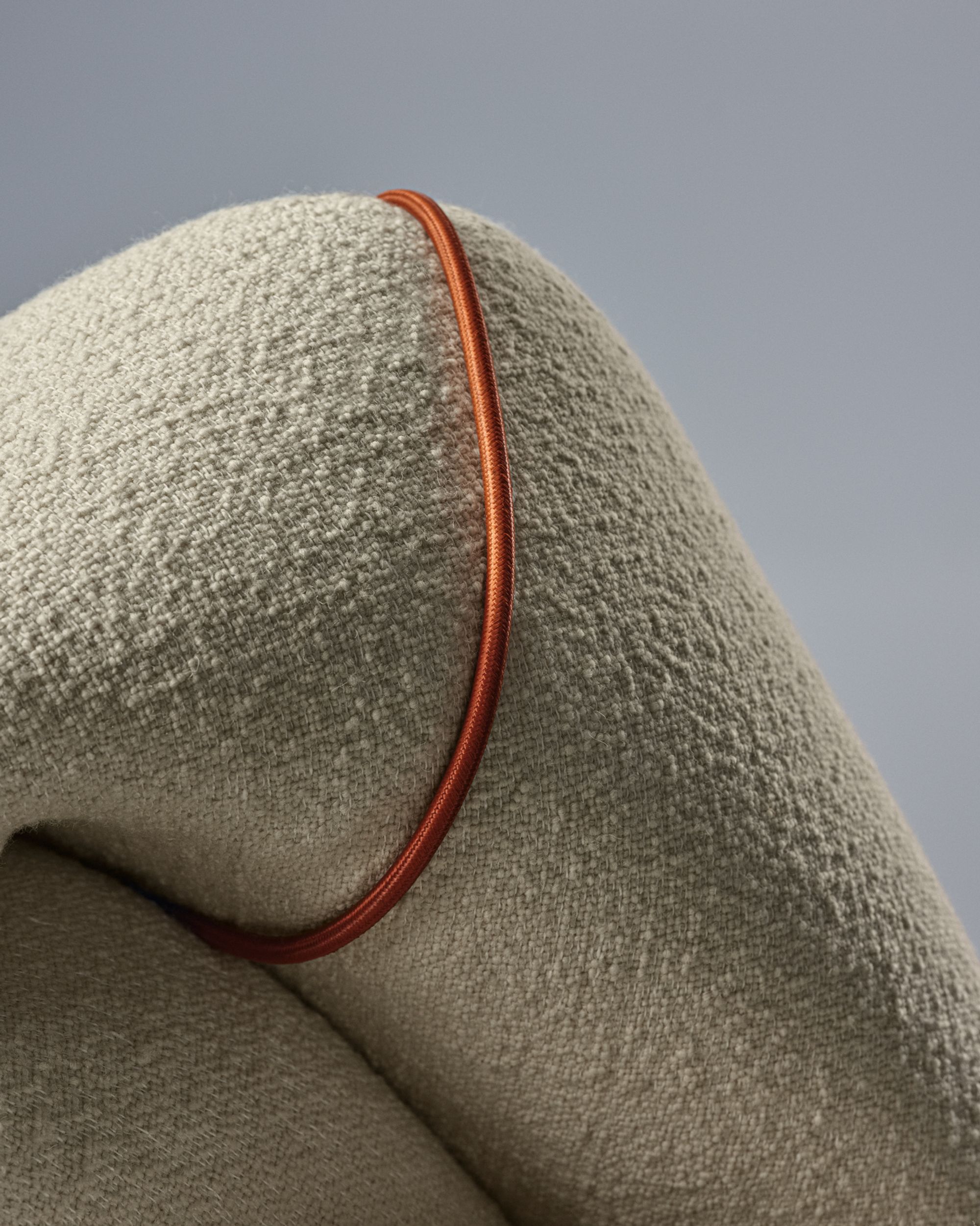
Detail view of Rubelli‘s new collection for Kieffer, creative directed by Formafantasma. Photography by Claudia Zalla

Detail view of Rubelli‘s new collection for Kieffer, creative directed by Formafantasma. Photography by Robert Rieger
You’ve worked with many prestigious brands before. What makes working with Rubelli different in comparison to other projects?
SF: To us, Rubelli is a very Italian company for all the good reasons that Italian companies are considered prestigious around the world. It is a family business, and there is a lot of passion in the work about the product. This is a refreshing attitude in the 21st century because, in many companies, the product is not always put at the center. Often, more emphasis is placed on marketing and image-making. Rubelli is a very proud company, deeply invested in the culture of weaving and the making of textiles.
NR: Rubelli is very unique. It came into the family in 1889, but the company my great-great-grandfather acquired had existed since the 18th century. We love the people who work for us, and they feel a lot of company ownership. There is a certain pride that comes with working with the company. I believe the strength of Italy is to have a sense of heritage and an understanding of beauty. But we also like to innovate. One of the reasons we chose to work with Formafantasma is that they’ve lived abroad and have a broad international experience, but they are also genuinely Italian, and they share this approach that only Italy has.
Andrea Trimarchi: We don’t like to dwell so much on national particularities, but there is another interesting aspect to working with Italian companies: talking as methodology. When we get a brief from most non-Italian companies, it's usually: I need this, give me this. The first two or three times we met with Nicolò, we only talked about the family and how the company was founded. It immediately gives you a sense of belonging.
SF: Another value we share is eclecticism. Our work ranges from research-based projects focused on ecology to consultancy to works based on product design. Rubelli shares that same attitude, it isn’t limited to one style, especially with the addition of Kieffer.
Is this your first time working with textiles?
AT: Previously to working with Rubelli we’ve only worked with textiles on a very conceptual level. It requires a deep understanding on a technical level. It’s a very different world than making an object sculpting or making something three-dimensional. Hella Jongerius taught us a lot about textile making.
SF: We know how a loom works. We have been weaving textiles. We’ve been personally dyeing textiles with natural dyes. We've been silk-screening textiles. We've been knitting textiles. So we know the basic techniques. But with textile designers, it’s almost like a car designer or jewelry designer. It’s a very specific craft, including understanding specific wording and needs regarding a textile’s pilling and resistance. But our role is not to design the textiles but to see the bigger picture, to direct what the design team at the company is already doing, and possibly take in other knowledgeable people who can contribute to the collections.
NR: To me, Andrea and Simone are like Michelin chefs. They see the big picture, and the two approaches with the textile technicians melt together to create a coherent vision.

Detail view of Rubelli‘s new collection for Kieffer, creative directed by Formafantasma. Photography by Claudia Zalla
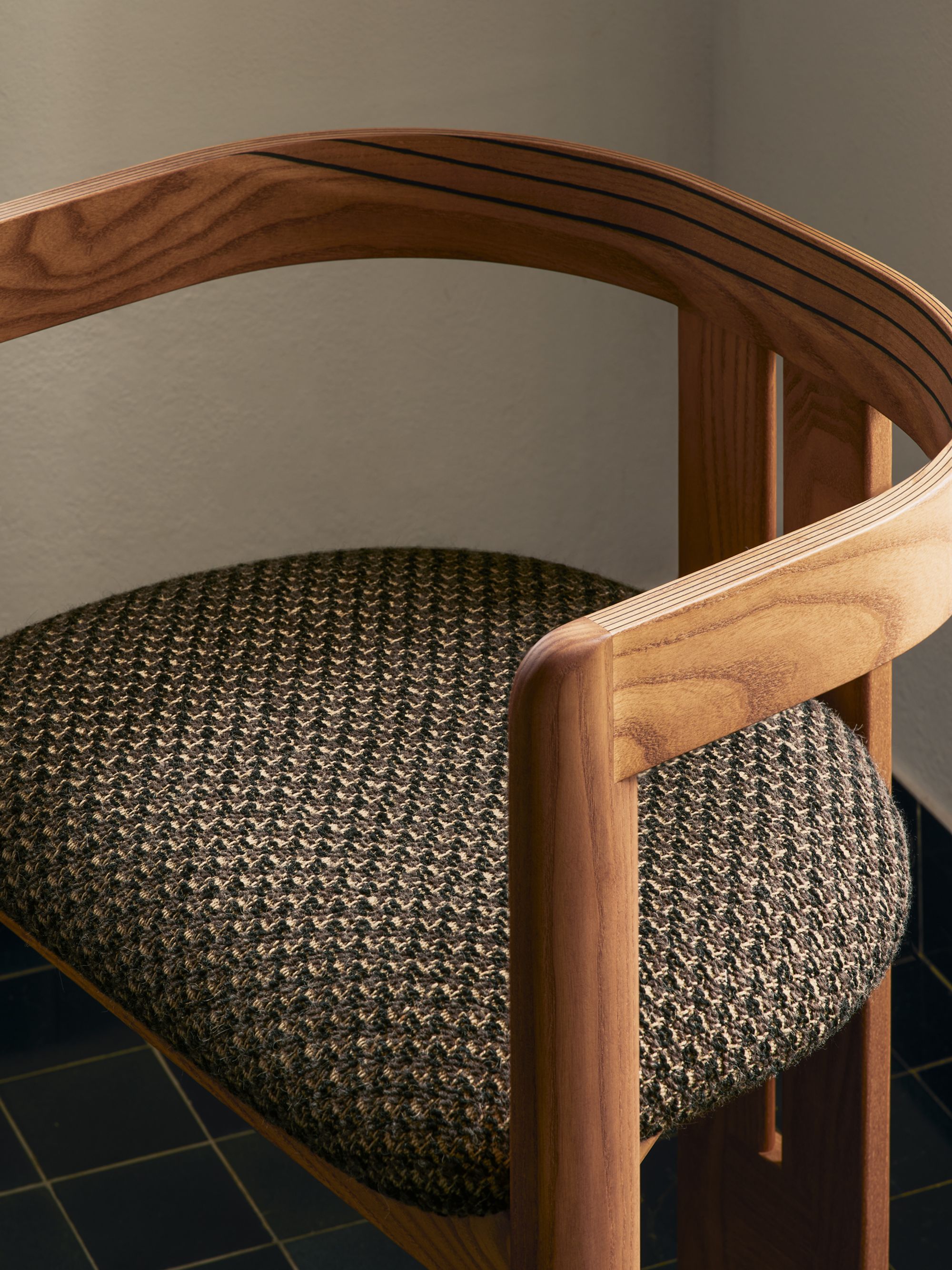
Detail view of Rubelli‘s new collection for Kieffer, creative directed by Formafantasma. Photography by Robert Rieger

Detail view of Rubelli‘s new collection for Kieffer, creative directed by Formafantasma. Photography by Claudia Zalla

Detail view of Rubelli‘s new collection for Kieffer, creative directed by Formafantasma. Photography by Robert Rieger
The first collection you’re showing is for Kieffer, a brand founded in the Nineties by Dominique Kieffer, which Rubelli bought in 2001. How would you distinguish the two brands?
NR: Rubelli is about Venetian tradition, revived and reinterpreted. Kieffer has a more informal look and is more contemporary and less decorative than Rubelli. During our first meetings, I explained to Andrea and Simone that I wanted them to reinvent Kieffer, and to give it a stronger identity that is distinct from Rubelli.
SF: Rubelli is referencing history. It is knowledgeable about the past while looking into the future. It is also about developing textiles that are iconic on a visual level. I think with Kieffer, it is more about what you can do with a loom, what you can do technically, and how you can structure a textile. It is about tactility and the sensitivity of the home environment. If Rubelli is about the extraordinary, Kieffer is about the beauty of the ordinary.
AT: Rubelli is known for silk, patterns, and bold colors. Kieffer is much more about the nuances, the subtlety, the weaving. Our approach is to be respectful of the original Kieffer, which was always about the materiality and the roughness of textiles, about natural dyes and fibers. And about sustainability. We think Kieffer is about exploring techniques of textile making.
SF: The first presentation is about the product as it is about values, about establishing a conversation that will likely be very long-lasting. Usually, when you work with a brand, you design something, have a deadline, then there is the opening or the exhibition, and you wrap up. What we’re doing with Kieffer, and Rubelli as a whole, is more geared towards long-term change. That is our role as creative directors. It goes back to the idea of consistency.
It sounds like Kieffer is a laboratory for the changes you plan for the bigger brand, Rubelli.
SF: Absolutely. Our idea in this initial year is not to rethink the tools but to redesign them. Once we acquire experience and establish a way of working together, we can think about revisiting these tools. Right now, we’re creating the roadmap. It was fundamental for us to have this clarity from the beginning and then pursue it. That applies to everything, from the actual product development and production to the way the product is photographed, the way the catalogs are designed, and the way it is presented in the showrooms.

Detail view of Rubelli‘s new collection for Kieffer, creative directed by Formafantasma. Photography by Robert Rieger

Detail view of Rubelli‘s new collection for Kieffer, creative directed by Formafantasma. Photography by Robert Rieger
As creative directors, will you also be designing products for Rubelli?
AT: We might do a capsule in the future, but that is not our main purpose. For now, we want to step back and establish a connection with the right people working out there. It’s very important to give the possibility of openness and to make sure that other people can contribute, including other designers.
SF: We don’t want to give Rubelli a Formafantasma makeover. We want to give Rubelli a Rubelli makeover.
Will you continue Rubelli Casa, the company’s furniture and home accessories line using Rubelli textiles?
NF: Rubelli should be Rubelli, and not make a distinction when it comes to finished pieces of furniture. We also believe that the primary importance of those pieces of furniture is to serve and showcase the textiles. A small armchair fully upholstered, a coffee table, a poof, a room divider, small objects. But they are all focused on textiles. It’s about having a few key pieces a year that display textile most effectively.
Do you see Rubelli, and by extension Kieffer, continue to be a luxury product? Or do you have plans for the brand to enter other market segments?
NF: What is most important for us is to develop products that have added value, in creativity, in quality. If you want to call it luxury, that is fine. But if we didn’t do that, there would immediately be a competitor who could do the same things at a lower price. You may always find something cheaper than Rubelli, but never with the same value.
SF: That being said, within the collection, you can find very expensive textiles and other not expensive, relative to what competitors offer. This is the result of a company that comes to textiles from the perspective of the product. So when there is an added value, why not be expensive? And when you can achieve something affordable, why not make it more affordable? To me, that is a feature of confidence. Our role as creative directors is about ensuring that when a textile is expensive, you can perceive that, and understand the reasons for the price.
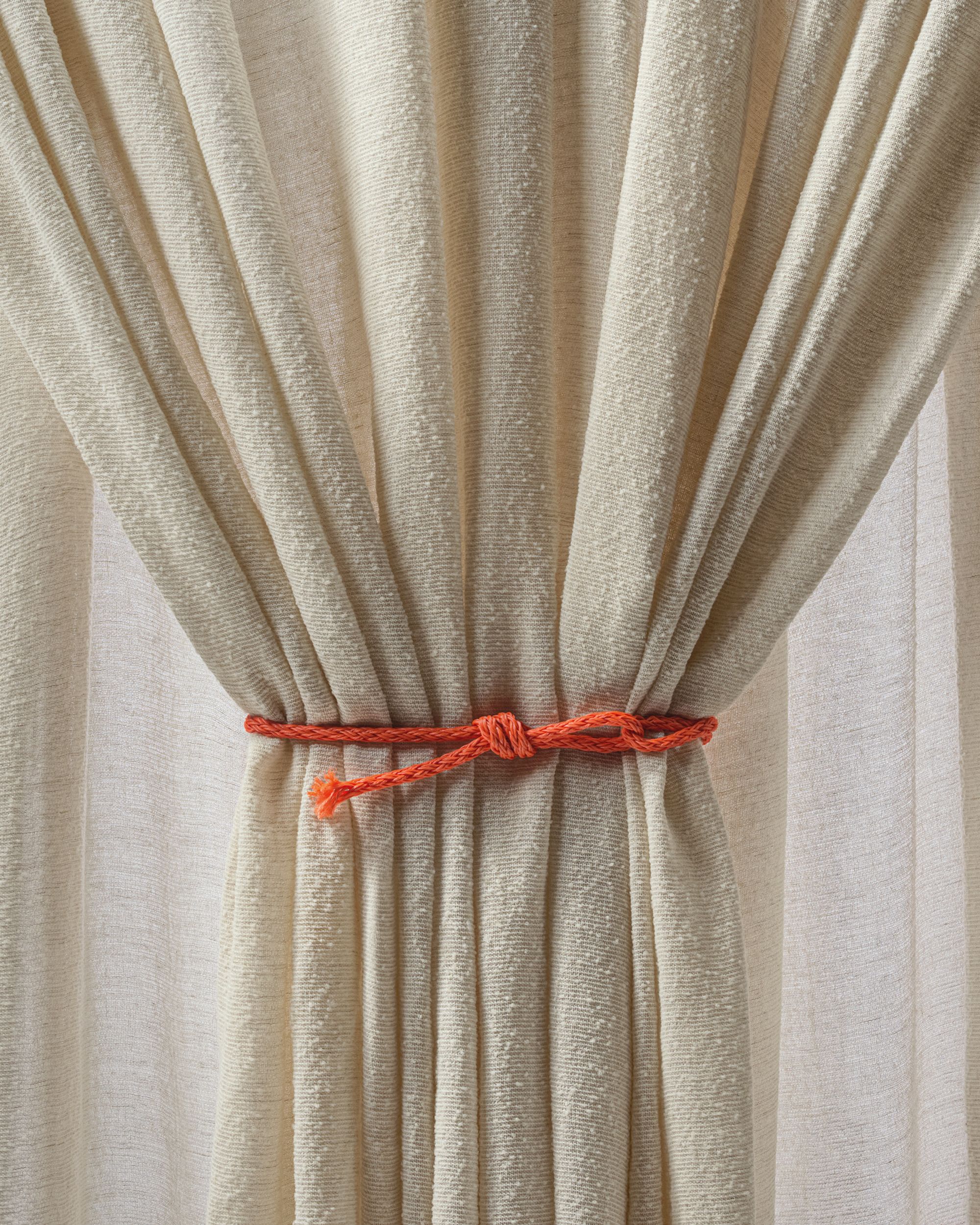
Detail view of Rubelli‘s new collection for Kieffer, creative directed by Formafantasma. Photography by Claudia Zalla
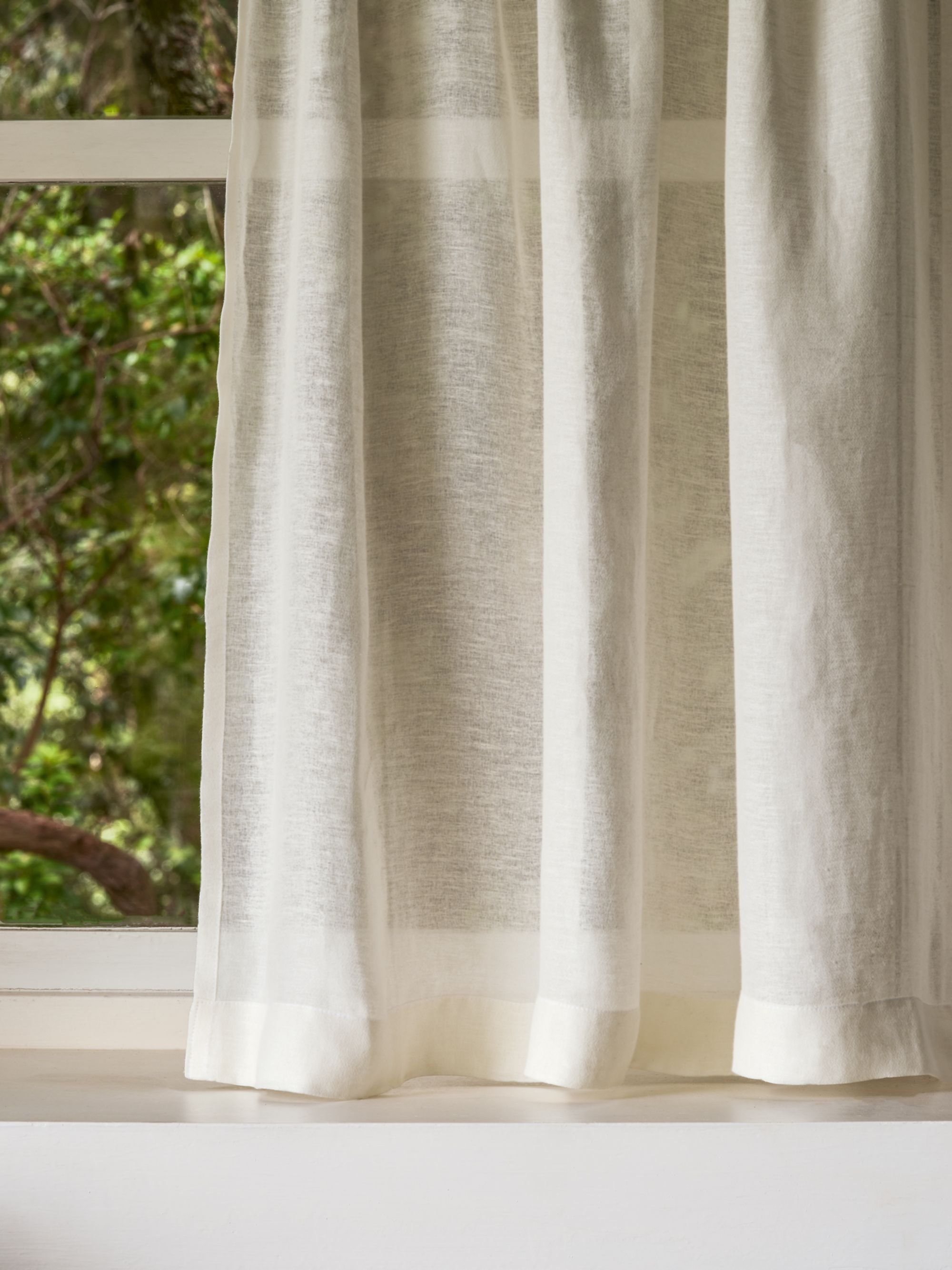
Detail view of Rubelli‘s new collection for Kieffer, creative directed by Formafantasma. Photography by Robert Rieger
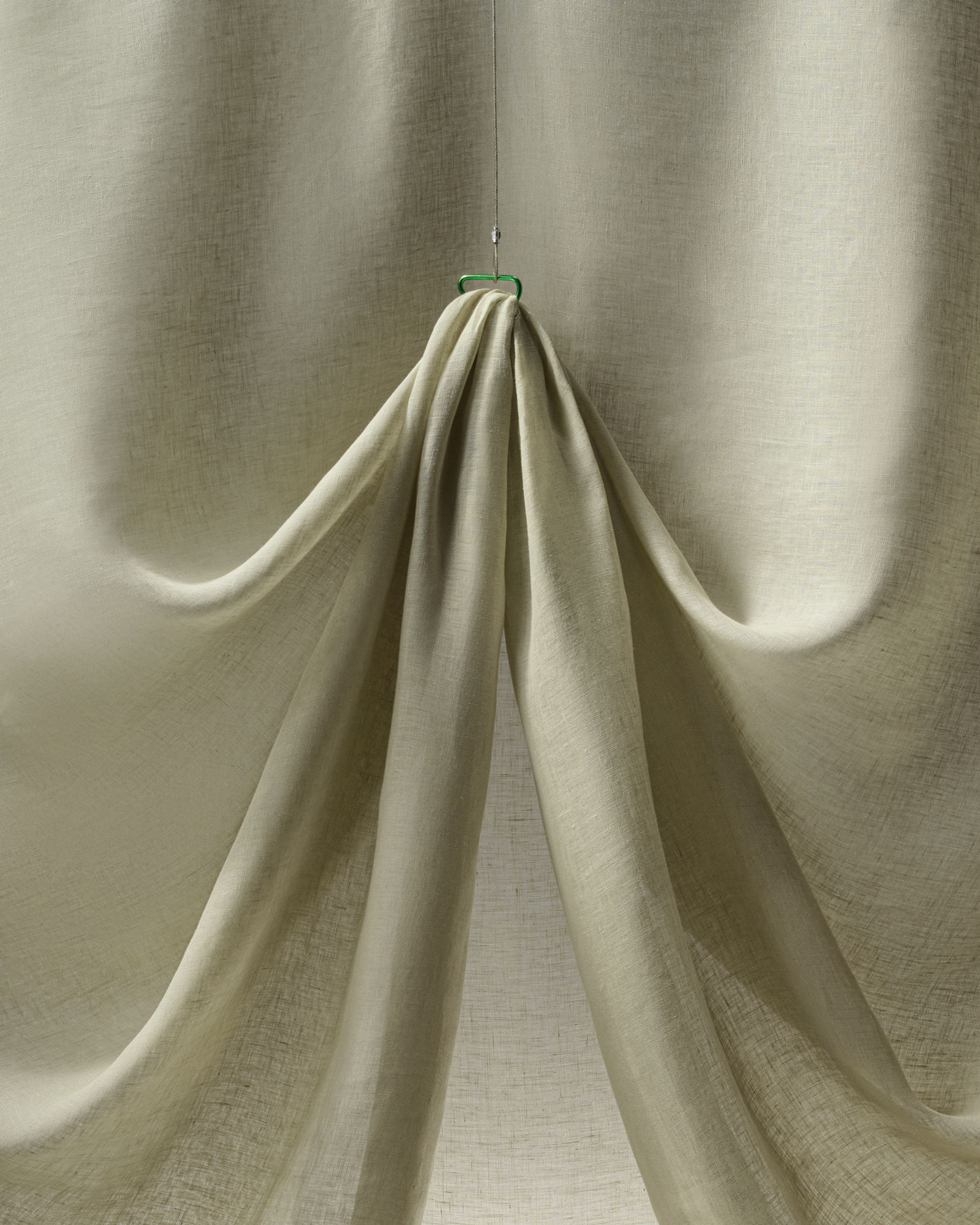
Detail view of Rubelli‘s new collection for Kieffer, creative directed by Formafantasma. Photography by Claudia Zalla
A pivotal aspect of Formafantasma’s work is their research into resource extraction and eco-sustainability. To what extent will that also be part of Rubelli’s DNA and the messaging?
NR: You cannot live without sustainability in all experiences, and we can no longer afford to introduce new products that don’t meet certain standards. On the product side, Kieffer can also be a way to approach stricter sustainability and extend it to Rubelli. It is very important that, as a company, we pursue a sustainability path. It’s a matter of securing the future.
SF: At the same time, we don’t foresee making it a strong part of the messaging for Rubelli because, as Nicolò said, it is simply a reality. It needs to be done, and it needs to be achieved. With Kieffer, it’s easier to talk about more sustainable techniques, especially when it comes to natural dyes. We also introduced hemp, which is a much more sustainable plant. However, there are many ways of looking at sustainability. The most important is to create a culture that allows us to internalize these values. That also means making decisions that seem unpopular. The dilemma between durability and sustainability, for example. What do you choose? If an organic product can also guarantee durability, that’s the one we choose. But if durability means using recycled synthetic fibers, I think Kieffer and Rubelli should be doing that. The idea of recycling is another important challenge. How is it done, where is it done, and so on. Again, this is where Kieffer can become a laboratory for the larger company.
Can you discuss more specifically what you're presenting for Kieffer’s new collection?
NR: There are two main themes: for one, there is sustainability, which is highlighted in one new product from hemp woven in our mill and dyed with 100% natural earth. It is the most natural thing you can produce today, a fabric that could have been made exactly like this 500 years ago with all-natural products. Another product in the collection that is very new to the Rubelli world is wool. We are in Venice, so normally it’s about silk, it’s about sheen, it’s about light fabric. Italy never liked wool, so it is very exciting to include this. It’s, of course, a very sustainable fiber. It's a side product; you don’t kill animals. And wool is also very interesting because it’s naturally flame retardant. So, it’s very interesting to have this part of the collection.
SF: It was very intuitive to go towards wool. With our input, the design team created a full collection of products, and there's a lot of focus on tactility, from the most subtle to the more exuberant. We also have a curtain using paper fibers, and some textiles have some recycled synthetic fibers. But generally, it is all very natural textiles. We decided to call the collection Untitled because we wanted it to be no fuss, without much branding. It is about a textile. It is what it is, a very down-to-earth collection with no excess of style. It appeals to the senses.
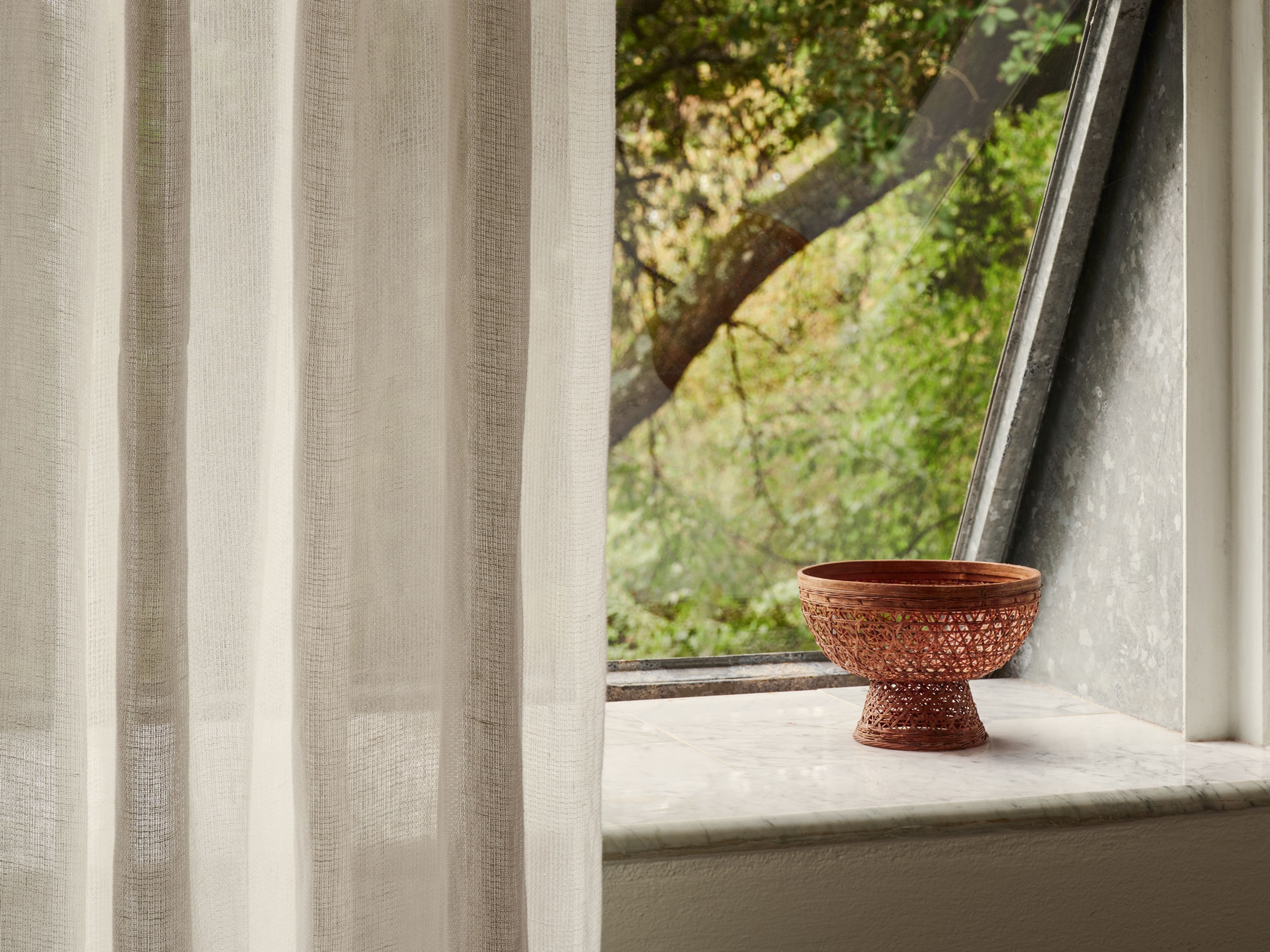
Detail view of Rubelli‘s new collection for Kieffer, creative directed by Formafantasma. Photography by Robert Rieger
If you had to sum up the collection in three words, what would they be?
AT: Subtle. Fun. Tactile.
NR: Yes, tactile was one of the first words that Formafantasma brought to the picture. Kieffer needs to have fabrics that you want to touch. And subtle, yes, because this is quiet luxury. The colors are also subtle but still fun. We don't like to take things too seriously. We’re giving the world a little bit of beauty, and some fun. That is important.
SF: We are also interested in creating something archetypal. Even the simplest weave should be made very well, so it becomes the staple of textile making. We also think that Kieffer is a brand where we can do something simple but in the best way possible. For instance, we also reintroduced a fantastic collection of felts that Kieffer did many years ago. It is a very traditional fabric used for very traditional clothing in South Tirol but applied to an interior textile. It is a non-woven fabric, and we are releasing it in three two different colors. I think it is extremely elegant but also extremely durable. These are the kind of simple but quality products that should become the staple of Kieffer.
If you had to project for the next five years, how would you define the success for Rubelli?
NR: Rubelli needs to become the number-one reference for interior textiles. We want to be recognized both for our Venetian heritage and for textile innovation. When people think about textiles, they should think about Rubelli.
SF: Growth is important, and to grow it is important to understand exactly who you are. It seems banal, but it’s similar to what you do when seeing a therapist. You try to become who you are, not to become somebody else. That might take five years, maybe three years, maybe even less. But once you know exactly who you are, you can grow and achieve whatever you want.
AT: I hope this collaboration will be both a creative and commercial success. Companies are not non-profits, and financial success is fundamental. My goal is for us to be the best promoter of textiles and to turn Rubelli into the main reference for the industry. So, as Nicolò said, when someone says we need interior fabrics, they say, “We need a Rubelli for the house.”
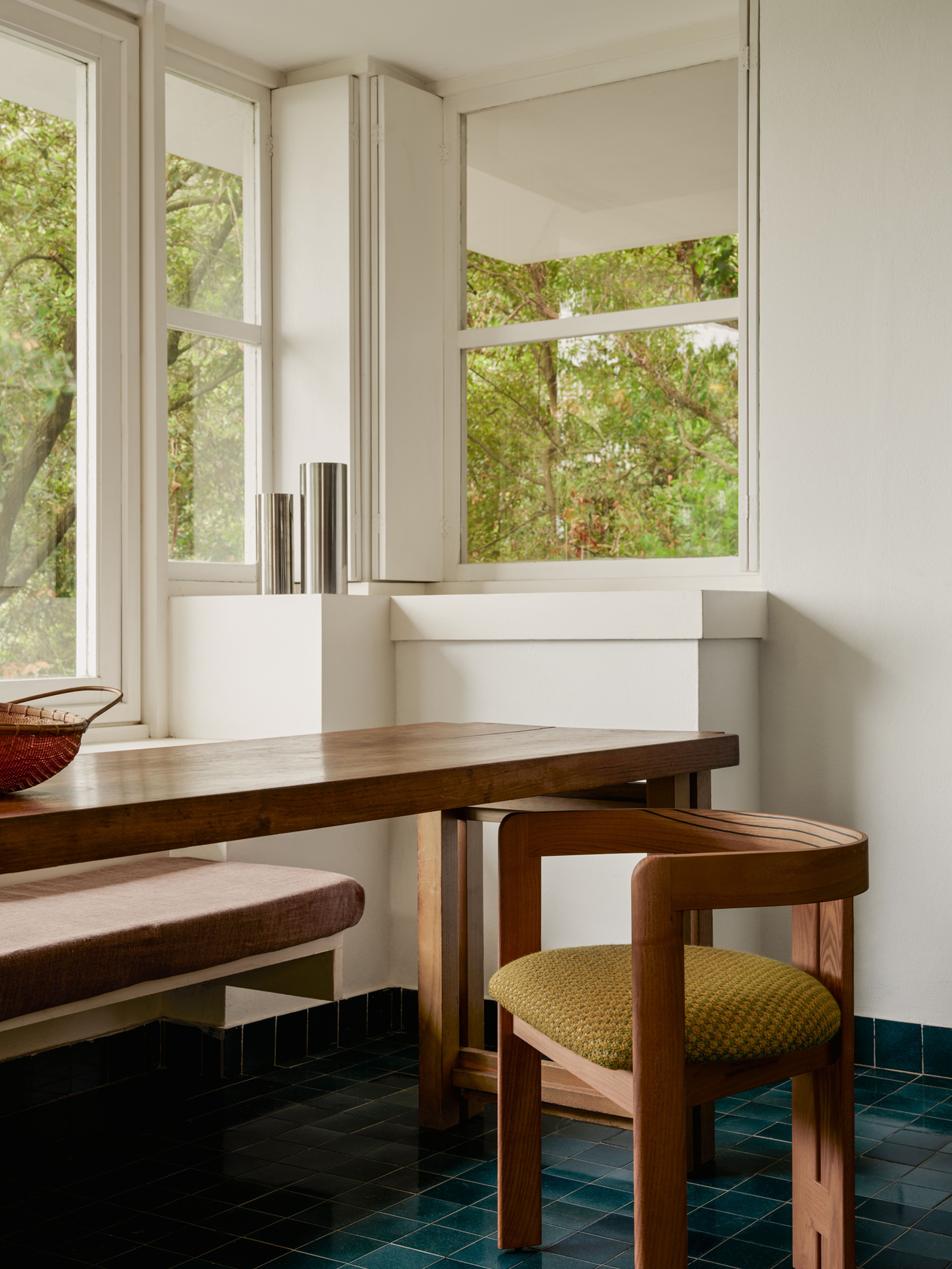
Detail view of Rubelli‘s new collection for Kieffer, creative directed by Formafantasma. Photography by Robert Rieger